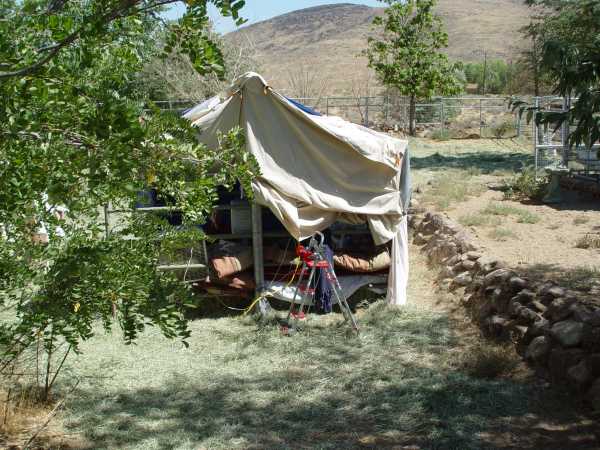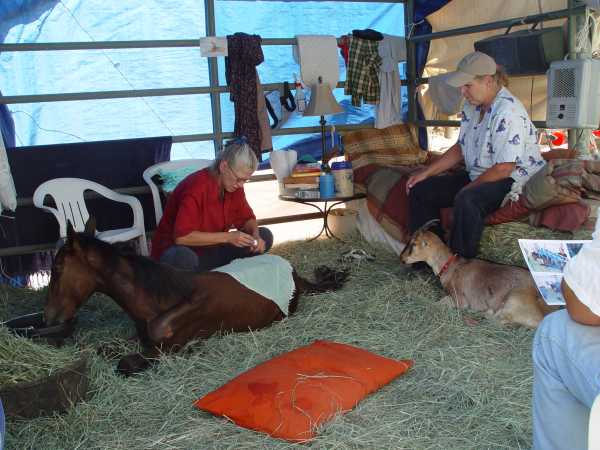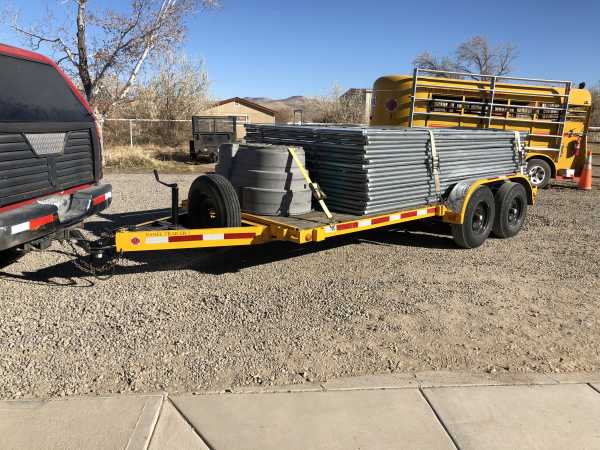|
Crooks and Liars
|
|
New Nevada Agriculture Director
Takes Aim at Wild Horses
Part Thirty Eight
|
News From the Front - June 2, 2008
Who Walks the Walk and Who Just Talks the Talk
(Sorry today's report came out late. The network was down this morning.)
While certain individuals at the Nevada Department of Agriculture seem possessed with telling legislators and the media how much the Department does with respect to the Virginia Range horses, and how much the herd supposedly costs the taxpayers, here is a little insight as to just who is really walking the walk and who is just talking the talk.
For decades the wild horse groups have provided the majority of services to the Virginia Range herd. Even after the Department of Agriculture took primary responsibility away from the Virginia Range Wildlife Protection Association (the contract organization at the time) the "field active" wild horse groups have provided approved supplemental feeding, auxiliary summer water services, accepting horses for placement with adopters, accepting injured horses, promoting wild horse adoptions and a host of other services. These services, financed by the groups themselves, were performed under the supervision of the Department's Virginia Range Estray Program Manager.
While some Department officials try to confuse the issue and claim that the wild horse groups are refusing to cooperate, the wild horse groups have gotten around 70 horses out of the state corrals (and off the public dole,) have continued their range activities, have continued to take in adoption horses and orphan foals, and have prepared for unexpected emergencies, and the groups cover all the expenses relating to those activities.
During this time the best that the Department of Agriculture seems to be able to do is confuse the facts, mislead people as to what this Virginia Range wild horse program is all about, and hit up the Interim Finance Committee for more of our scarce tax dollars citing problems and issues that don't appear to really exist.
So who just talks the talk and who actually is walking the walk?
Experienced volunteers dealing with a sick horse on the range.

Volunteers assisting Dr. Brian Peck with an injured wild horse.

Mobile Intensive Care Unit.

Rehabilitating a sick foal.

Teaching youngsters about the range at Bordewich-Bray Elementary School.

Range appropriate transportation equipment.

Part of the portable corral panel inventory.

Mobile emergency water tank (that drops onto one of the flat bed trailers.)

Auxiliary range water service (to relieve pressure on springs and livestock tanks.)

The bottom line is this.
 The Nevada Department of Agriculture continues to mislead the public as to what they have done, what their intentions actually are, and what is actually going on out on the Virginia Range.
The Nevada Department of Agriculture continues to mislead the public as to what they have done, what their intentions actually are, and what is actually going on out on the Virginia Range.
Meanwhile the field active wild horse groups continue to do their jobs with respect to looking after the horses out on the range, preventing horse-human and horse-livestock conflicts wherever practical, dealing with orphaned, sick and injured horses, providing community outreach with respect to horses, the Virginia Range and tourism, and holding horses at their own expense that need to be placed with adopters.
Also, here's an important issue as it relates to adoptions. The average adopter will redirect about $1,500.00 per year of his/her disposable income into Nevada's agricultural sector to feed and maintain each adopted horse. This investment should bring at least $30,000.00 into our agricultural economy over the average lifespan of each horse. This is money that for the most part is spent in and stays in Nevada. So the knee-jerk policies of the Nevada Department of Agriculture that result in Virginia Range horses coming in at a greater rate than the adoption market can absorb is not only bad for the horses, but doesn't help stimulate Nevada's agricultural economy.
It is time that we get the Virginia Range argument based on facts and the issues distilled down to what really matters.
The spirit of Thomas Paine lives

| 
